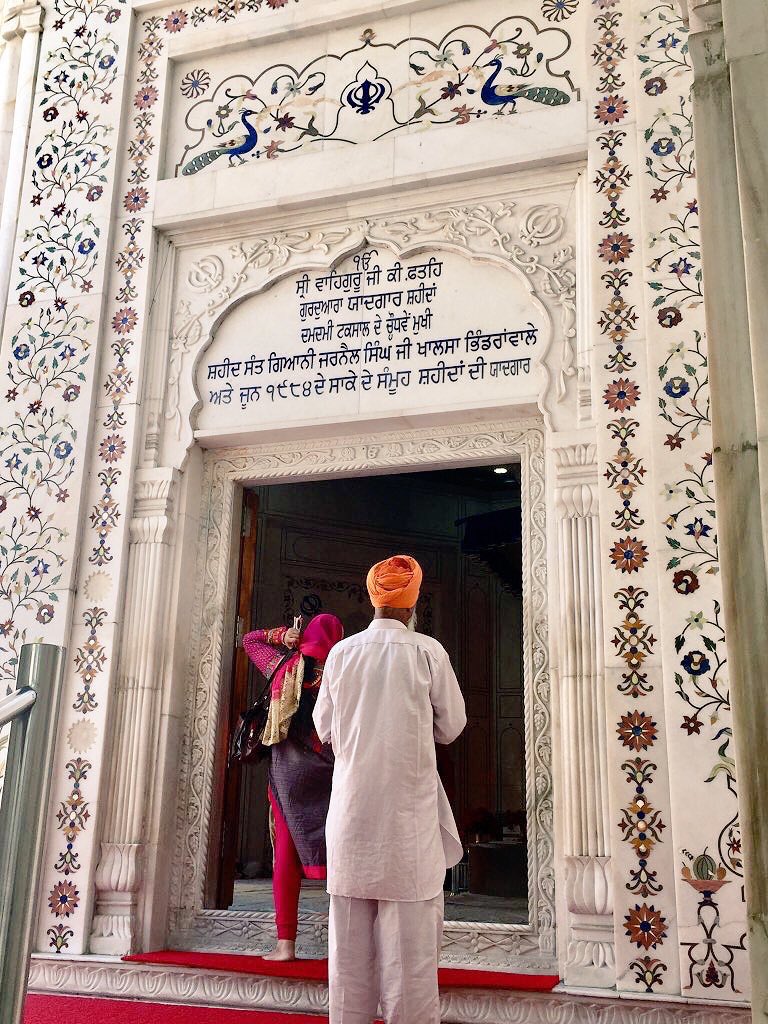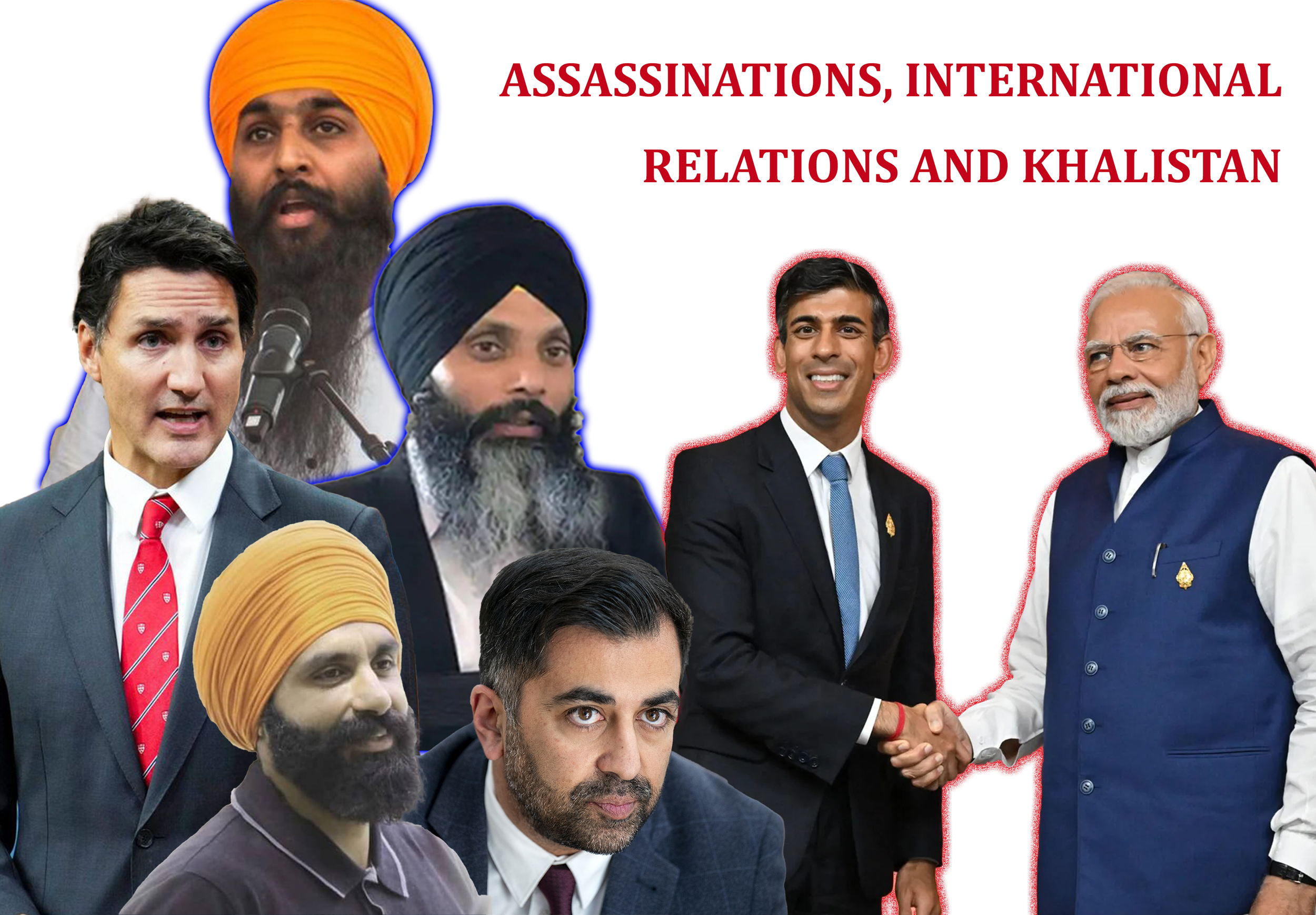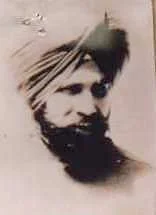Jagtar Singh Johal and the Trial by Media
/It has been a year since the Indian authorities abducted and detained UK National, Jagtar Singh Johal. Over the past 12 months, India’s culture of police impunity and human rights abuses has been exposed once again.
To date, Jagtar Singh of Dumbarton, Scotland, has been presented at a staggering 60 pre-trial preliminary hearings He has been refused private consular access and independent medical examinations. On October 11th 2018, the court adjourned the hearing for a medical examination to 14th January 2019 (at which point 14 months will have passed since his first complaints of torture).
In June this year, Jagtar Singh wrote a letter detailing his torture, “I was struck on my chest and back. Two people would simultaneously hit me whilst others restrained me and watched. Crocodile clips were placed on my ears and I was also electrocuted.” He added “police forced me to make recordings in which I had to narrate according to what they were telling me to say” and “blank papers were also forcibly signed” as well as other documents he was not allowed to read.
Despite no evidence or official charge from the authorities, Indian mainstream broadcasters have been airing unfounded allegations, whilst simultaneously vilifying Sikh voices of dissent, throughout his detainment. For a Sikh it has always been difficult to consider India’s mainstream media as a credible source of accurate and reliable information, however the reports on Jagtar’s case reached a new embarrassing low.
India Today released a news broadcast about 5 weeks after Jagtar’s detainment in which the anchor, Gaurav C Sawant, claimed that according to sources within the Indian Government, Pakistani intelligence services met with “Khalistani terrorists”, whilst showing on screen a photo of renowned Pakistan archaeologist, musicologist and author Ihsan H Nadiem meeting with a Sikh man. Gaurav then theatrically claimed this photo to be evidence of an attempt to “revive terrorism” in India, erroneously adding “remember that’s how terrorism came into Panjab the first time. Systematic killing of people from one religion and then terrorism just started spreading”.
On the contrary Sikhs have vigorously maintained terrorism is what the State inflicted on its own civilian populace when it decided to bombard Amritsar and 38 other Gurdwareh with battle tanks and para-military forces to crush the rising Sikh civil rights and freedom movement. Those that the Indian media, the Indian state, and it’s allies like Britain, Canada, and the US have labeled “terrorists” are honoured as martyrs by the Sikh Quam. Sri Akal Takhat has declared Sant Jarnail Singh Ji Khalsa as the ‘Greatest Sikh of the 20th Century’, Sant Jarnail Singh and those Sikhs that fought the tyranny of the Indian state are celebrated by Sikhs all over the world as heroes.
This inscription at Sri Darbar Sahib reads:
ੴ Sovereign Gurus Victory Gurdwara in the memory of Shaheeds
DamDami Taksal’s 14th Principle Shaheed Sant Gyani Jarnail Singh Ji Khalsa Bhindranwale
Honouring all June 1984 Saka Shaheeds (saka: a historic moment where Sikhs gave sacrifice with exceptional courage)
The invasion of Sri Darbar Sahib in June 1984 was followed by genocide across India in November 1984 and then by a decade long “mop up operation”, a period of genocidal state violence and inhuman brutality primarily targeting Amritdhari Sikhs, in which enforced disappearances, mass rapes of Sikh women, and extra judicial murders of Amrtidhari Sikh youth attempted to wipe-out the dissent of an entire generation of Sikhs. A recent report by Ensaaf earlier this year produced 5,130 documented cases of said extrajudicial executions. This state terrorism was justified with Naziesque propaganda, the remnant of logic of which still plays out in Indian, and even British media till this day.
Gaurav’s crusade to vilify Sikh activism typified the biased and slanderous style of journalism Indian media outlets have been guilty of for decades. Despite accusing a respected Pakistani scholar of instigating terrorism in India, Gaurav went on to exacerbate Hindu-Muslim-Sikh relations, as he blamed India’s “arch-nemesis” of collaborating with Sikhs living in the diaspora, to break “communal harmony” within India.
Furthermore, Srinjoy Chowdhury, the National Affairs editor for Times Now wrote a piece in which he made similar claims, ambiguously citing the source for this information as a “confidential government document”. Jagtar Singh, much like Sikh activists before him, has been portrayed by the Indian media as an “international terrorist” hellbent on disturbing “communal harmony” in Panjab, with Pakistan masterminding the entire plot.
It is becoming increasingly evident that the police do not have the evidence to charge Jagtar Singh, which would explain the continued police remand. This also questions the sincerity of remarks made by Panjab Chief Minister, Captain Amarinder Singh, in which he stated there had been a breakthrough in the case by the Punjab Police. It has been almost a year since this “breakthrough”, yet still no charge. So why are Indian mainstream media allowed to sensationalise such stories?
In a recent article, Rebecca Mammen, a Criminal Lawyer in India claimed that corporate owners of media outlets share close links with the Indian government, which has led many to question the credibility of India’s mainstream media. Mammen stated, "what more do you expect when the media industry is dominated by such big players? The Indian media is now the B team of the Bharatiya Janata party and the Modi government”.
Moreover, Pamela Philipose, an Ombudsman for The Wire noted, “the Indian mainstream media has allowed itself to be undermined by the transcendent political power that he (Prime Minister Narendra Modi) represents”. While the likes of Mammen and Philipose blame the rise in right-wing pro-Hindutva nationalism for the biased reporting, when it comes to press freedom, India has continuously fared worse than countries like Afghanistan and the United Arab Emirates, falling three places in the last year.
The Reporters Without Borders website noted, “with Hindu nationalists trying to purge all manifestations of “anti-national” thought from the national debate, self-censorship is growing in the mainstream media and journalists are increasingly the targets of online smear campaigns by the most radical nationalists, who vilify them and even threaten physical reprisals”.
The Sikhs have opposed India’s oppressive policies against minority groups for decades. The Indian media’s response has been to malign such opposition and vilify them for expressing an alternate political position. Other insurgency movements in the states of Tripura, Mizoram, Manipur, Assam and Nagaland have faced a similar media malaise in India, as the pro-nationalist rhetoric, spearheaded by the RSS agenda, reigns supreme.
Earlier this year, the National Sikh Youth Federation hosted an event to launch a report entitled, ‘Criminalizing Dissent: Repression of Sikhs in Indian-Occupied Punjab’, by the Sikh Liberation Front. The report documents and contextualizes the way Indian security force continue to repress Sikh dissent and expression, with the collusion of the judiciary, through the systematic criminalization of political activism.
This has been evident in the coverage of Jagtar Singh’s detainment. By failing to report or investigate allegations of torture, or comment on the questionable pattern of the courts granting custodial remand, the mainstream media stands guilty of not only failing to perform the basic roles critical to a functioning democracy but is complicit in prejudicing court proceedings.
For updates on Jagtar Singh’s plight please follow the #FreeJaggiNow campaign on Facebook and Twitter.








